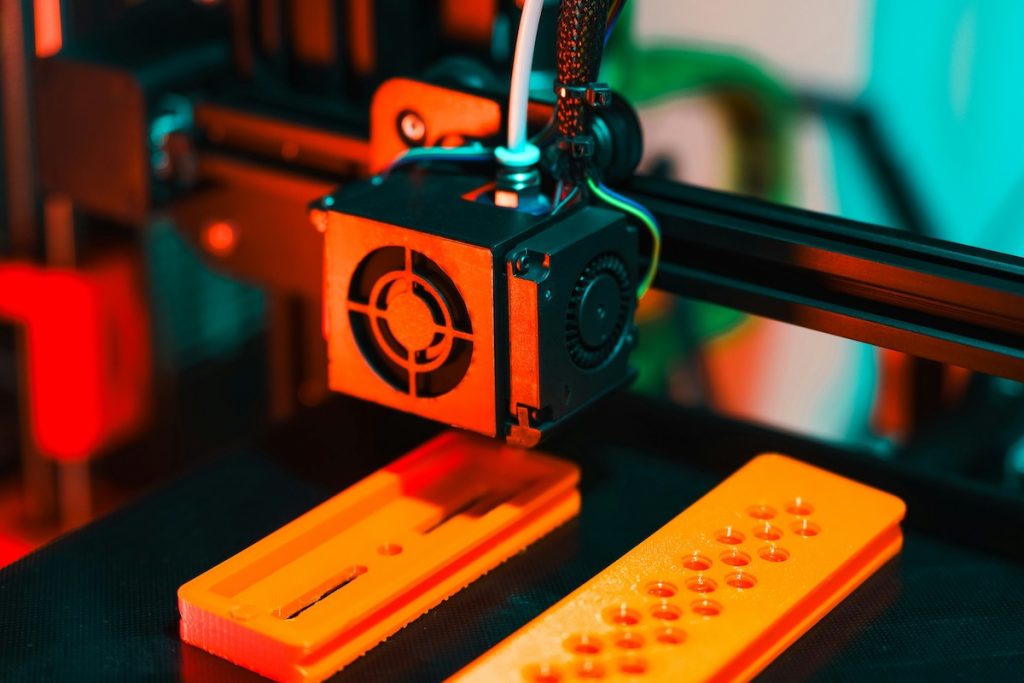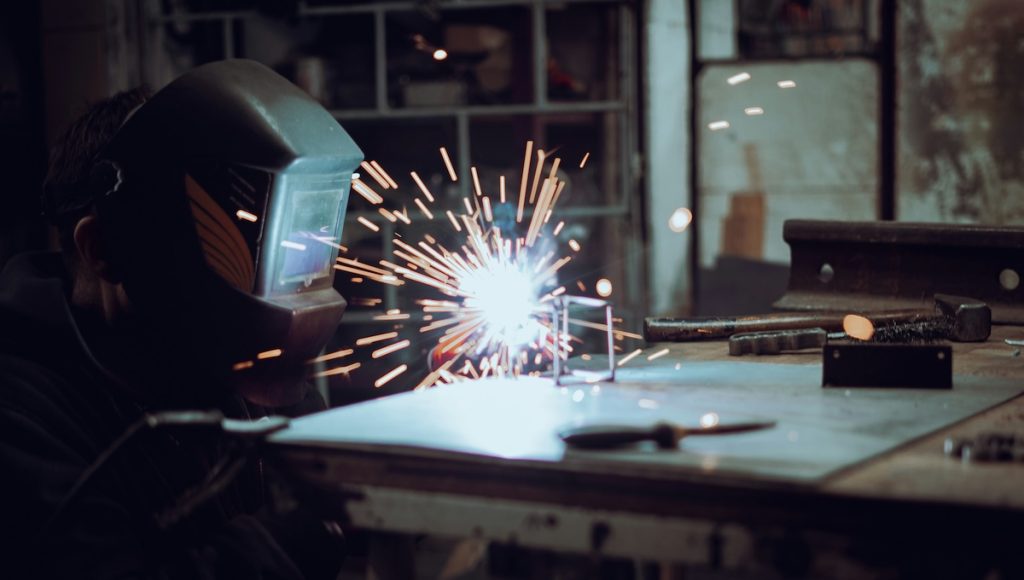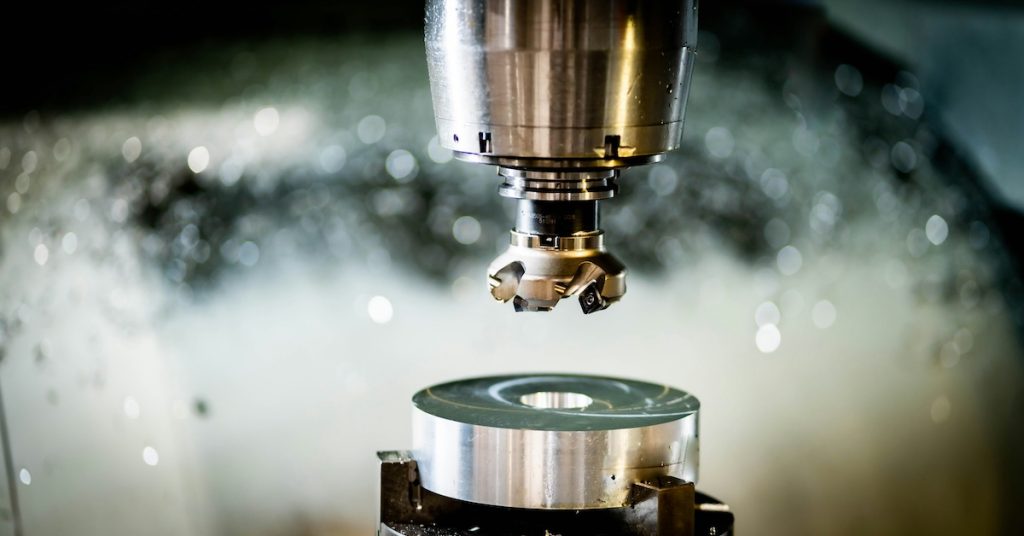Manufacturing has always been about precision, planning, and process. But in today’s hyper-competitive, high-speed world, even the most well-oiled operations face pressure to innovate faster, customize products more easily, and minimize risk. Enter rapid prototyping, a breakthrough approach that is transforming how manufacturers develop, test, and refine new ideas.
At its core, rapid prototyping is the process of creating a physical model of a part or product quickly using computer-aided design (CAD) and additive manufacturing technologies. What once took weeks or even months can now be accomplished in days or hours, allowing manufacturers to iterate rapidly, reduce time to market, and stay agile in a world where flexibility often determines success.
This iterative, agile approach is quickly becoming the gold standard in manufacturing, especially as supply chains face increasing volatility and customers demand faster, more personalized solutions.
In this comprehensive guide, we’ll dive deep into how rapid prototyping works, the role of 3D printing, the value of outsourcing to professional services, and the machines that make it all possible. We’ll also explore practical use cases across the manufacturing industry, offer strategic tips for integration, and finish with a robust FAQ addressing your most pressing questions.
What Is Rapid Prototyping in Manufacturing?
Whether you’re a plant manager looking to speed up product cycles, an engineer refining a critical part, or a business owner trying to stay ahead of the curve, this article will give you the insights and tools to make rapid prototyping a core part of your manufacturing strategy.
To start, let’s clear up a key question: what is rapid prototyping? In manufacturing, it refers to quickly creating a physical part, model, or assembly using computer-aided design (CAD) and then bringing that design to life—typically through additive manufacturing.
Why Speed and Iteration Matter
Traditional prototyping can drag on—tooling, production, testing. With rapid prototyping, feedback loops shrink from weeks to days or even hours. That agility allows teams to catch design flaws early, iterate quickly, and launch products with greater confidence and lower cost.
Historical Roots of Rapid Prototyping
Rapid prototyping dates back to the late 1980s. Polished additive manufacturing systems—like stereolithography (SLA)—emerged then, with innovations like Chuck Hull’s SLA patent, leading to today’s high-fidelity prototyping methods.
Why Manufacturers Turn to Rapid Prototyping Services
Not every facility has the time, expertise, or budget to bring prototyping fully in-house. That’s where rapid prototyping services come in. These providers act as on-demand partners, delivering high-quality prototypes using a variety of technologies, from SLA and SLS to metal 3D printing and beyond.
Cost Efficiency Without Compromise
Instead of investing in your own rapid prototyping machine, many manufacturers opt for service providers. This model reduces capital expenditure, allowing businesses to pay only for what they use. It’s especially helpful during the early stages of product development or for low-volume production needs.
Access to Specialized Knowledge
Prototyping services don’t just offer equipment—they bring experience. Engineers at these firms can help refine designs for manufacturability, suggest better materials, and troubleshoot issues that could cause downstream production problems.
Understanding the Rapid Prototyping Machine
A rapid prototyping machine is typically a type of 3D printer or CNC machine capable of producing quick-turn models from CAD files. These machines vary in scale, capability, and material compatibility, but they all share a common goal: to create usable parts quickly with minimal setup.
Types of Rapid Prototyping Machines
Common machines include FDM printers for basic thermoplastics, SLA printers for high-detail resin models, and SLS machines for durable nylon prototypes. Metal 3D printers, though more expensive, are now becoming more accessible, enabling functional metal prototypes within days.
Production-Level Benefits
Modern machines are accurate enough to create tooling, jigs, and even small production runs. For manufacturers seeking flexibility, having a prototyping machine on-site can speed up R&D, reduce dependency on outside vendors, and empower engineers to experiment more freely.
Use Cases Across the Manufacturing Sector
Rapid prototyping is being used by manufacturers in nearly every sector to cut costs, reduce time-to-market, and improve product quality.
Automotive Engineering
From housing parts to interior fixtures, automotive companies use rapid prototyping to validate designs and test ergonomics long before investing in final tooling.
Aerospace Development
Aircraft components often need to meet strict standards. Prototypes allow for form-fit checks, airflow testing, and rapid redesigns, all critical for safety and performance.
Consumer Products
Manufacturers of appliances, electronics, and wearable tech use rapid prototyping to test user interaction, aesthetics, and mechanical design in parallel with product development.
How to Integrate Rapid Prototyping Strategically
To operationalize rapid prototyping effectively, manufacturers should take a thoughtful, structured approach. Below are the key steps to make the most of rapid prototyping in your workflow:
Define Your Objective
Know whether you’re validating function, fit, aesthetics, or manufacturability. Clear goals help guide material choices, design decisions, and the type of prototype you need.
Select the Right Path
Decide between an in-house rapid prototyping machine—like SLA or SLS—or outsourcing to rapid prototyping services. Your choice will depend on budget, volume, material requirements, and internal expertise.
Iterate Fast
Prototype, test, refine, repeat. Small adjustments cost less when made early. The ability to iterate quickly is one of the biggest advantages of prototyping; use it to your full benefit.
FAQ
Need clarity on the essentials of rapid prototyping? This section answers common questions—from core definitions to advanced tech use.
What is rapid prototyping?
Rapid prototyping is the process of quickly creating physical models from 3D digital designs—often through additive manufacturing or 3D printing, to test and iterate before full-scale production.
What is rapid prototyping in 3D printing?
It refers explicitly to using 3D printing (like FDM, SLA, SLS) to make prototypes faster and more flexibly than traditional methods.
How does rapid prototyping work?
You start with a CAD model that’s sliced into layers. A rapid prototyping machine then builds the part—layer by layer (additive) or by machining (subtractive)—yielding a working prototype for testing.
How to use AI for rapid prototypes?
AI tools can generate optimized structural designs, suggest materials or dimensions based on performance data, or automate design tweaks for faster iteration—making the prototyping process smarter and faster.
How to use ChatGPT for rapid prototyping?
ChatGPT can support ideation, technical documentation, design logic troubleshooting, and even script generation for CAD automation or parametric modeling.
How to do rapid prototyping?
Define your design objective, choose suitable prototyping technology (3D printer or service), create the prototype, test it, analyze results, iterate, and repeat until ready for production.
Innovation: Speed, Precision, Efficiency
Prototyping, powered by 3D printing and supported by flexible services, enables manufacturers to innovate with speed, precision, and cost-efficiency. Whether verifying fit, testing functionality, or launching short-run production, rapid prototyping is more than a tool; it’s a strategic advantage.
With the right technology, iteration mindset, and process integration, it becomes central to manufacturing innovation.
Want to go deeper? Visit our blog for tools, machine recommendations, and expert tips to accelerate your product development.



